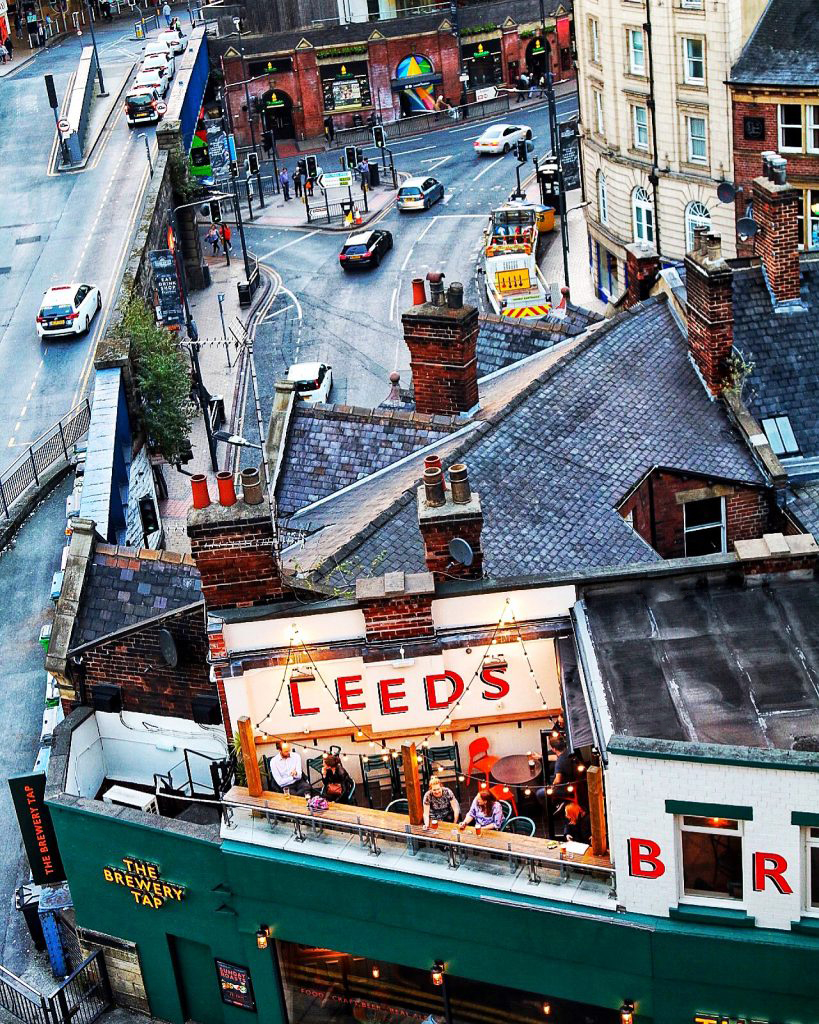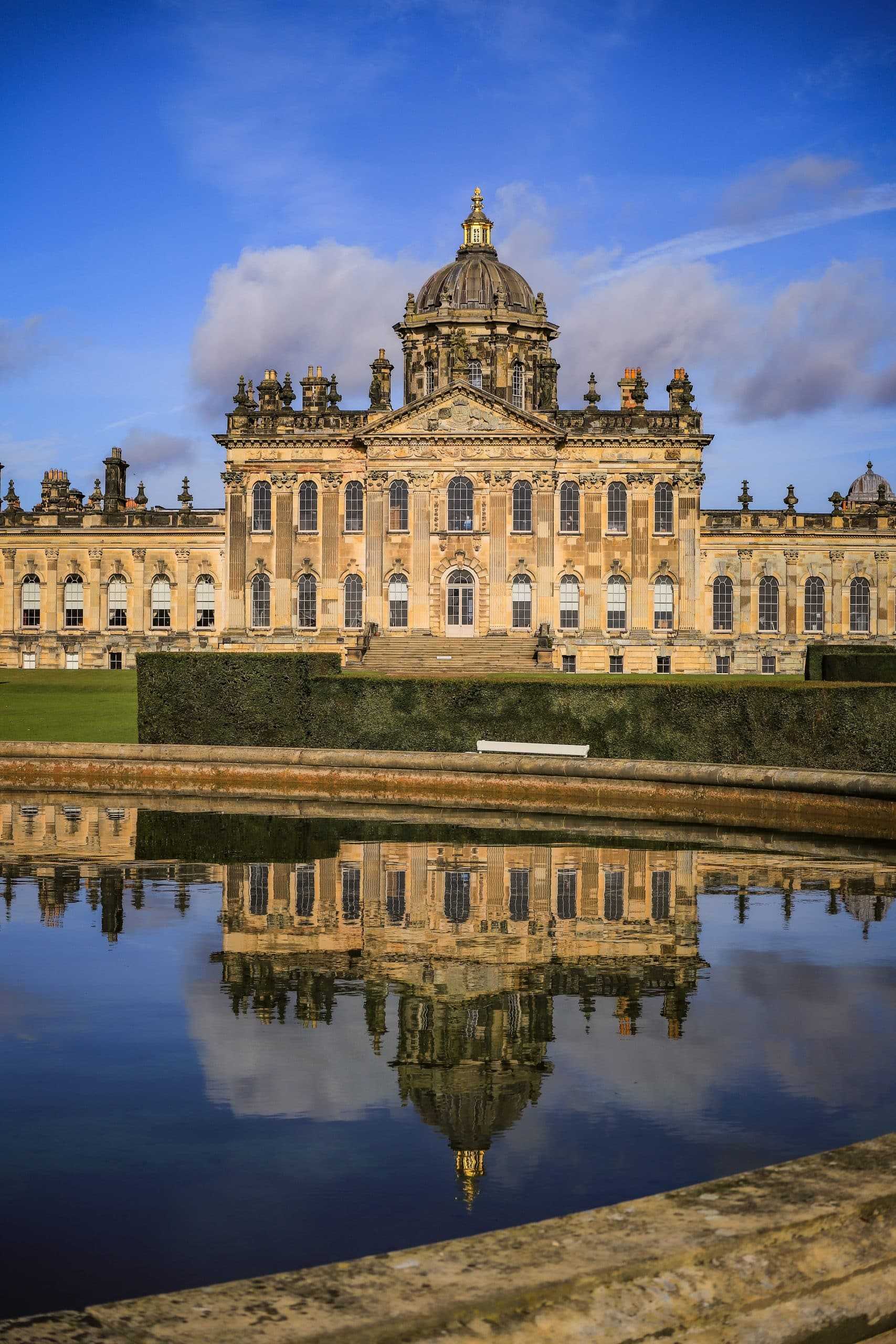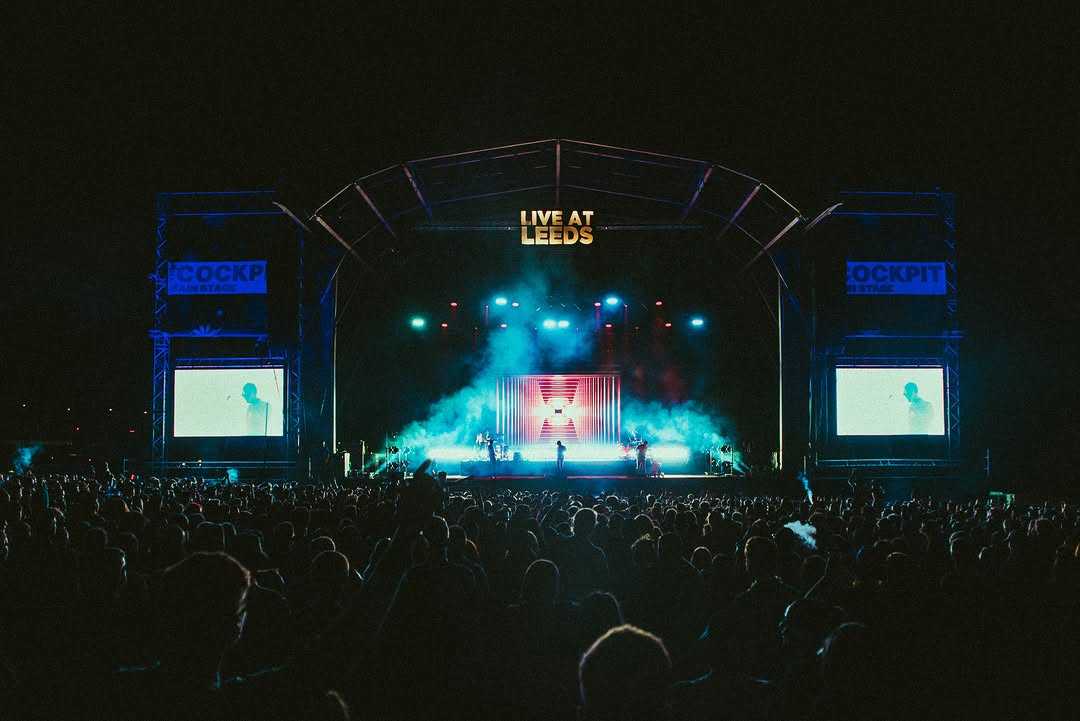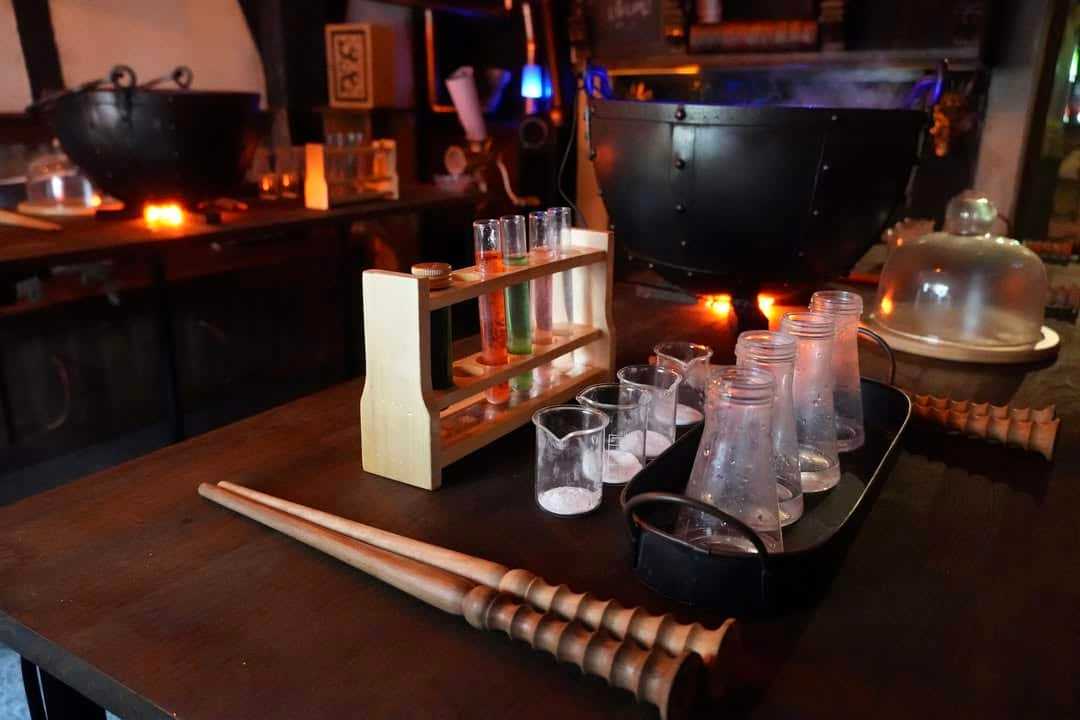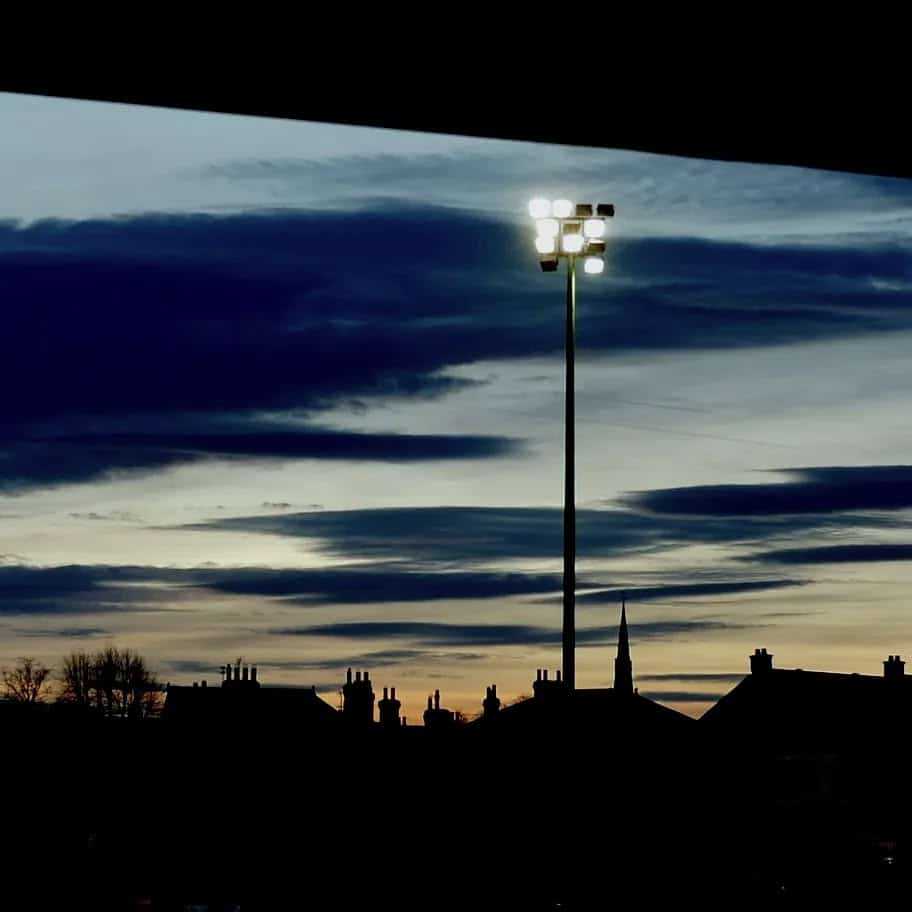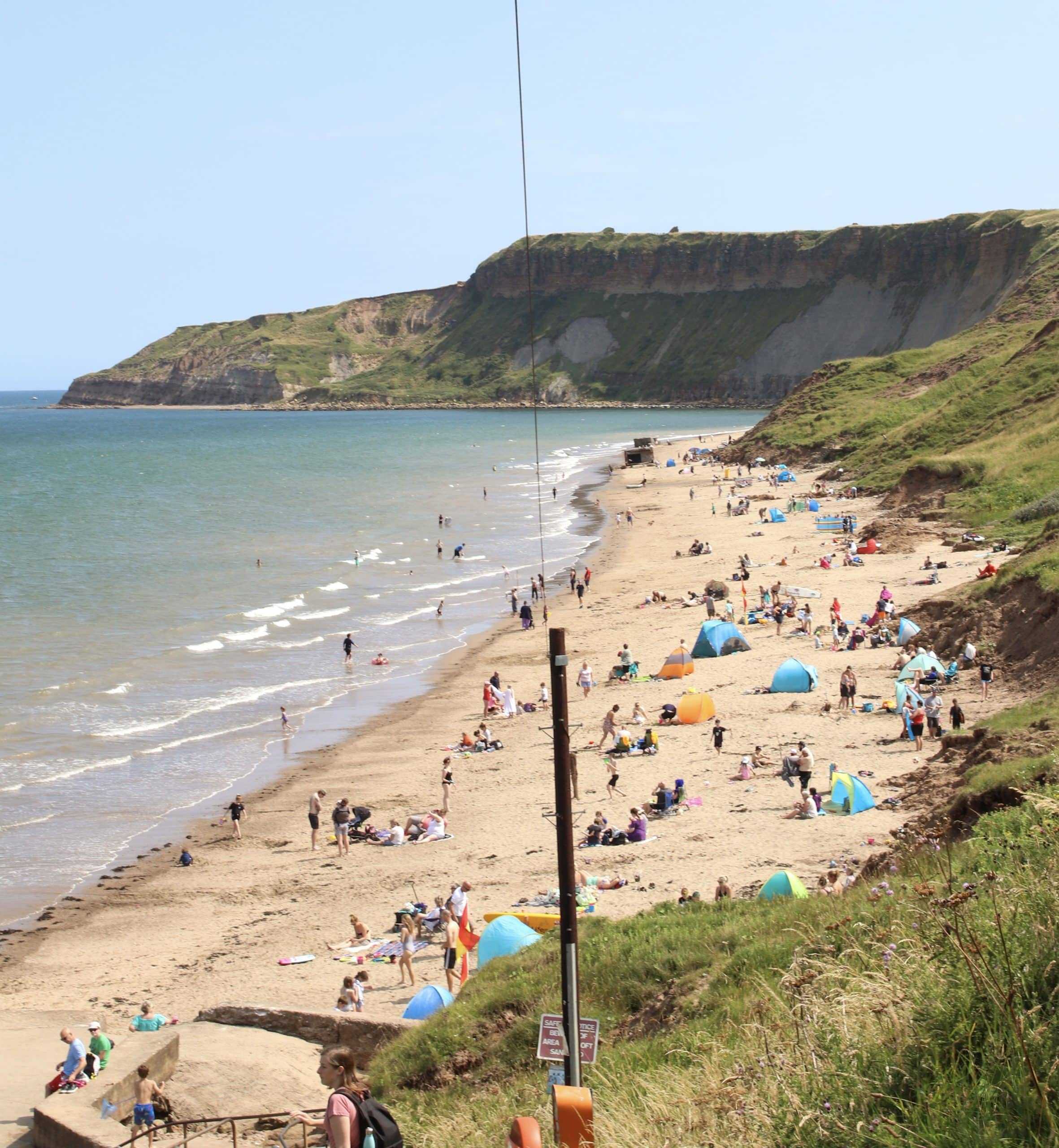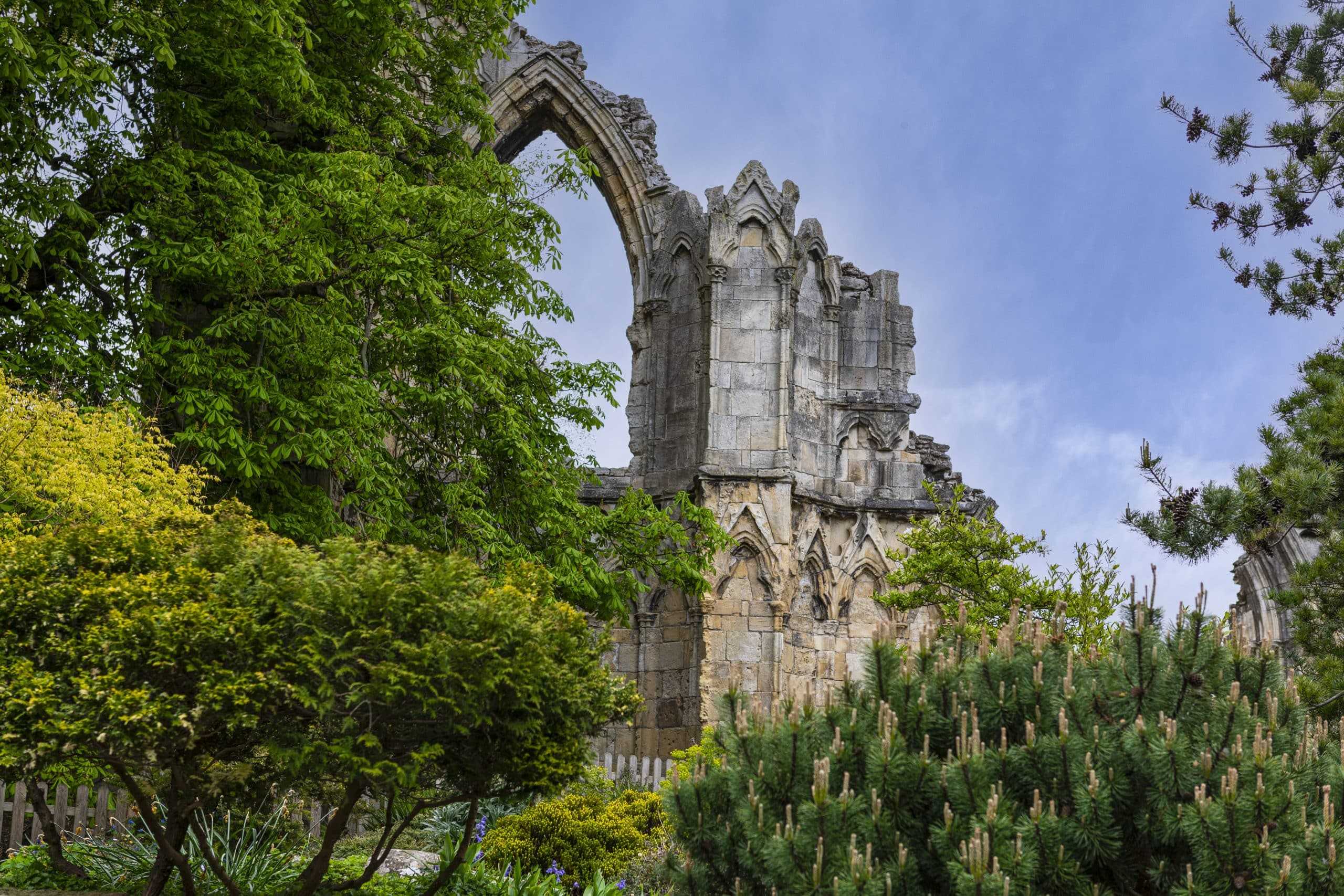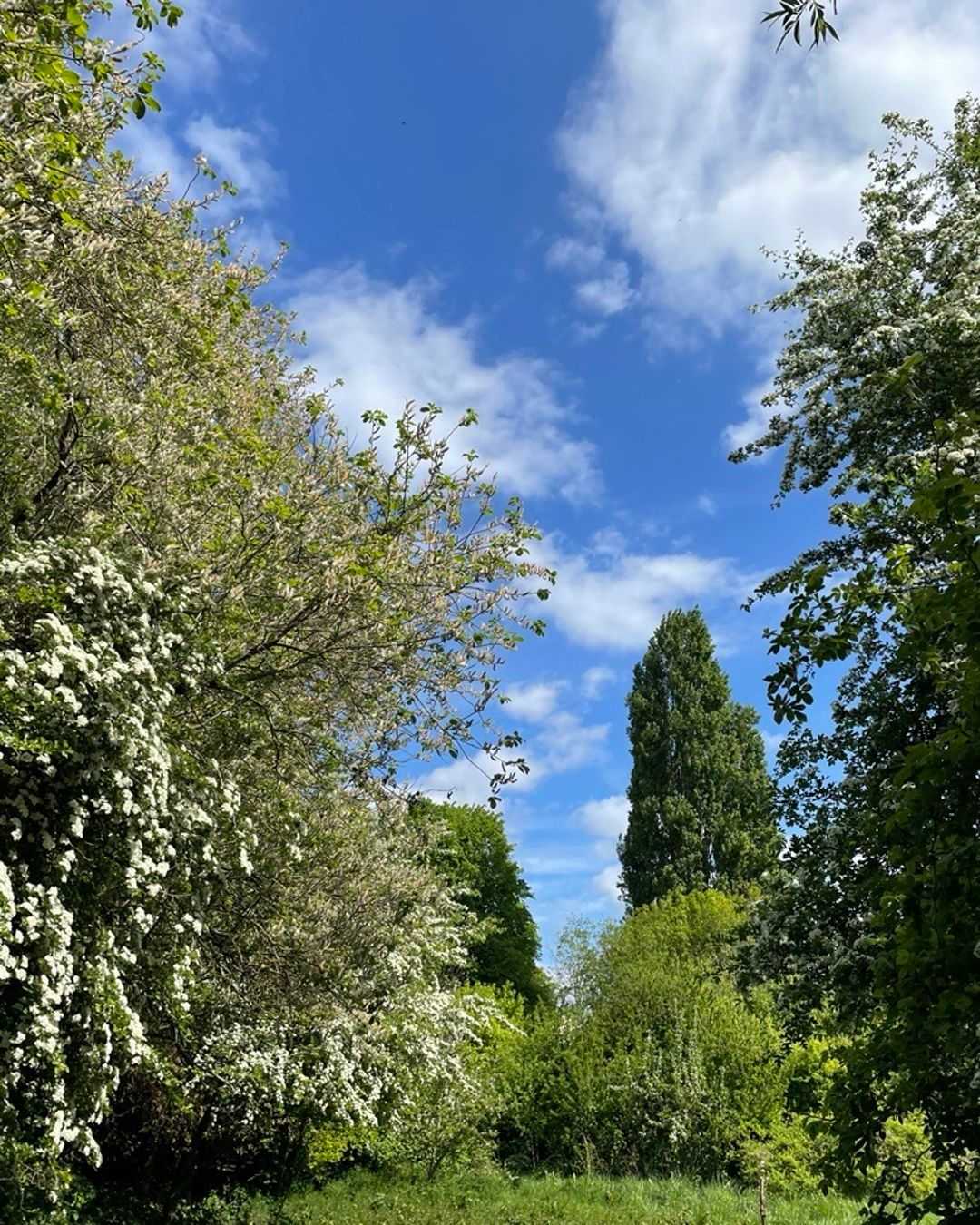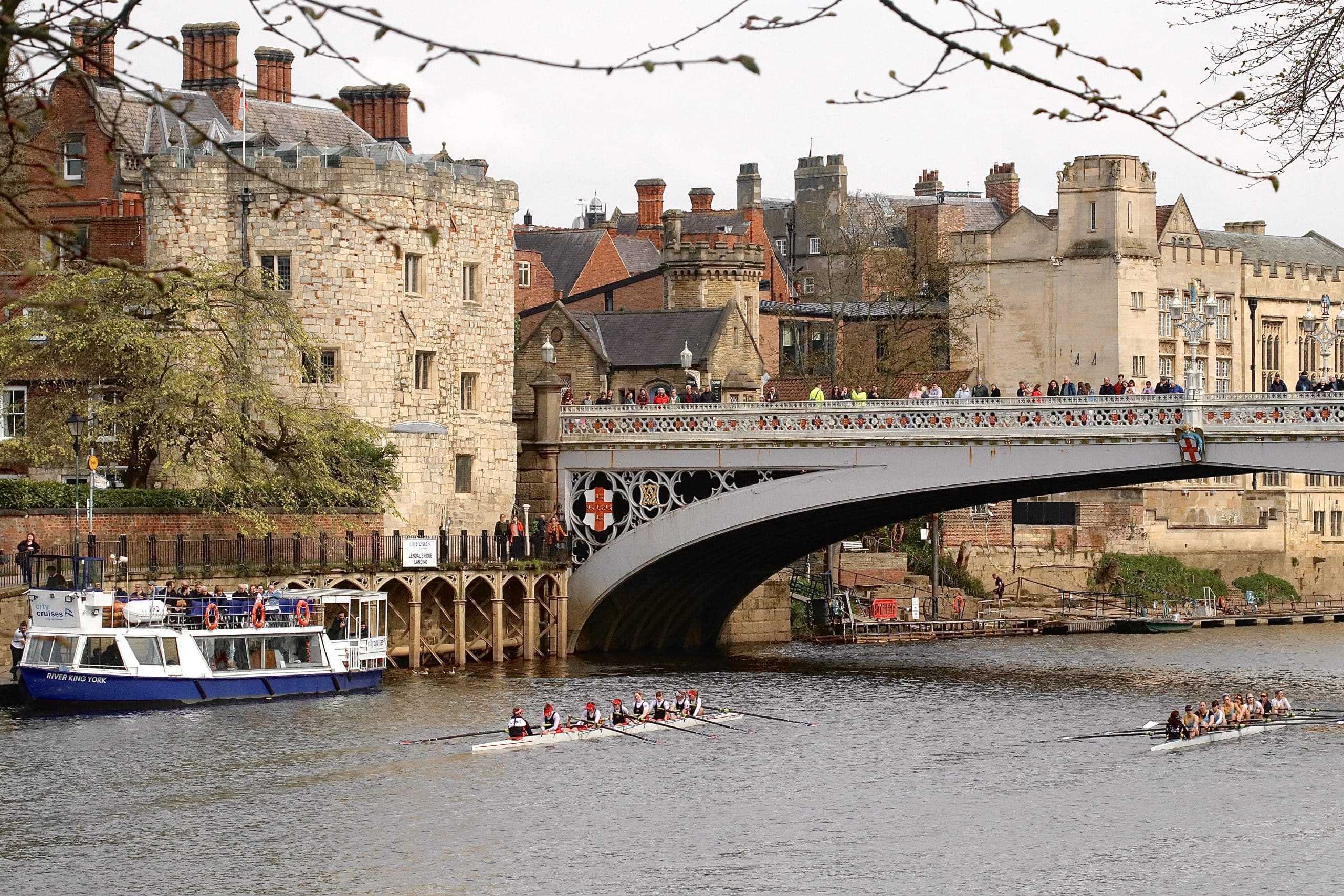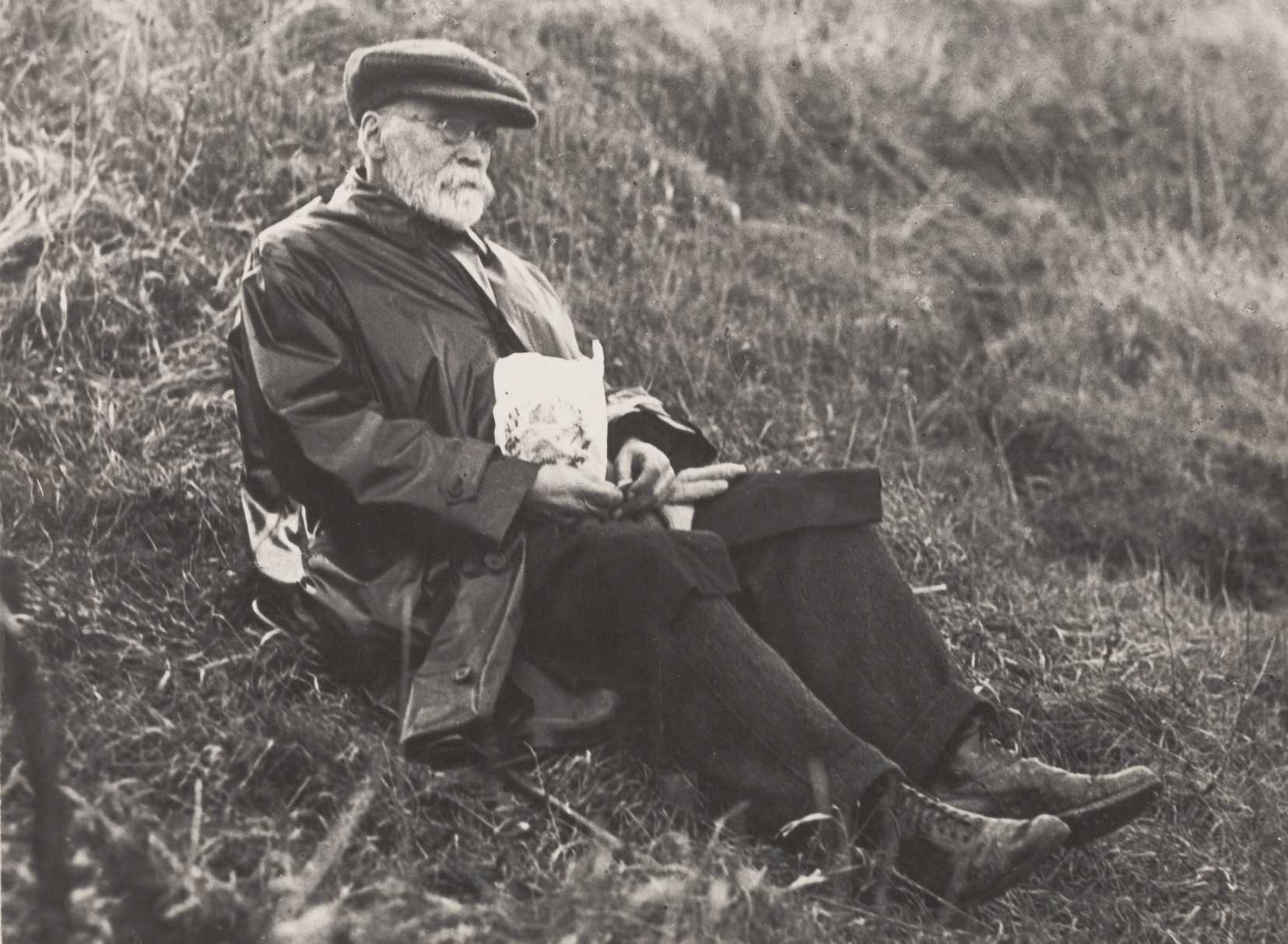Castle Howard – the iconic stately home in North Yorkshire’s Howardian Hills – has undergone a major restoration which is ready to be unveiled. Britain’s most famous and historically significant country house has been home to the Howard family for more than 300 years, and now Castle Howard’s 21st Century Renaissance revives its original glory.
The house, perhaps the best example of the English Baroque style, was conceived in 1699 by Sir John Vanbrugh and Nicholas Hawksmoor for Charles Howard, 3rd Earl of Carlisle. Plans evolved under different talents through the 18th and 19th centuries, before it was first opened to the public by George Howard in 1952. Now, under the present generation of custodians Nicholas and Victoria Howard, the glorious thousand acres of sweeping parkland and stunning building welcomes nearly 300,000 visitors per year.
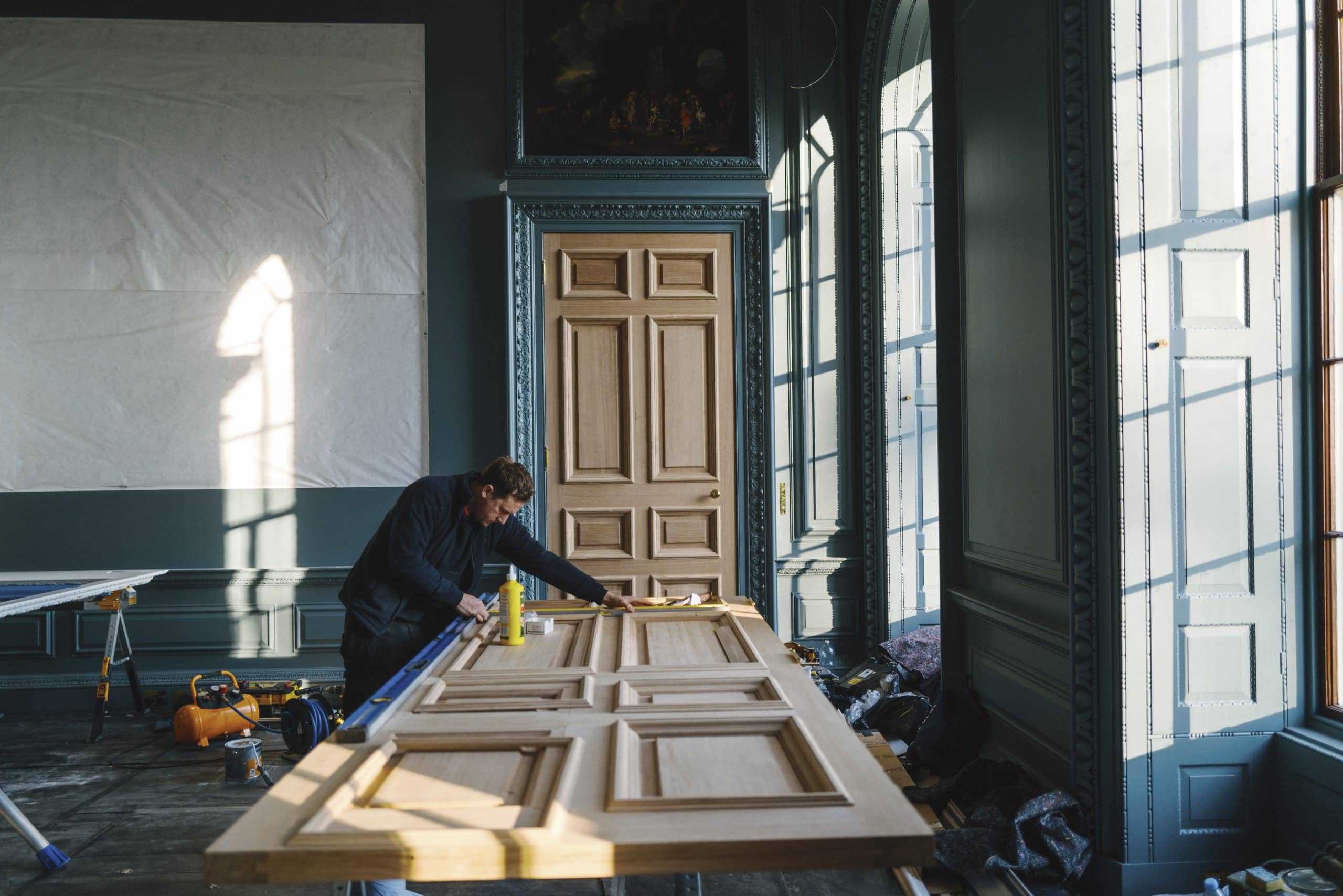
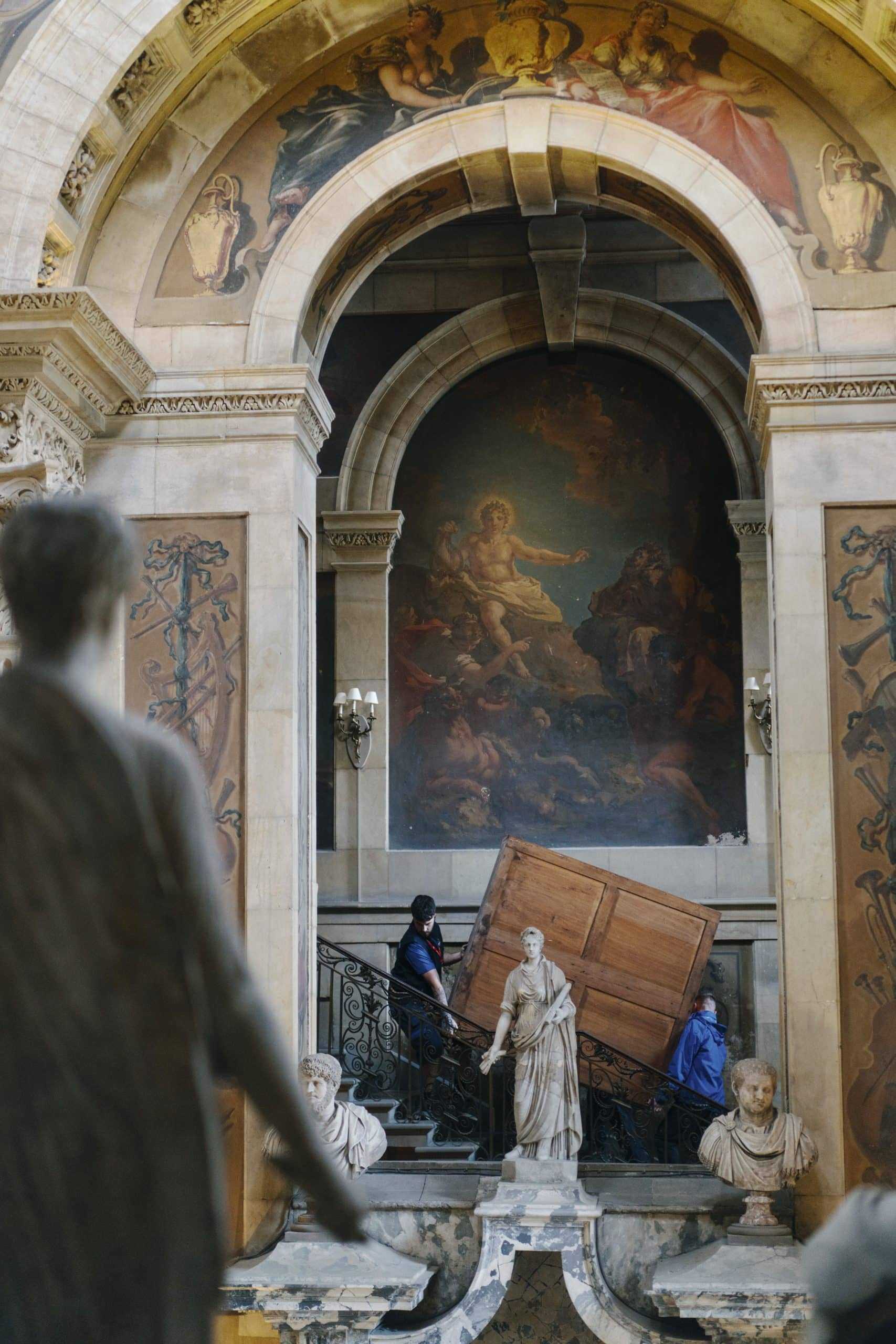
From 25th April, those visitors will see the unveiling of the restoration work on its historic and dramatic interiors, led by architect Francis Terry and designers Remy Renzullo and Alec Cobbe. The lost Tapestry Drawing Room has been restored to its 18th-century splendour for the first time since a devastating fire in 1940, with the tapestries that first hung in the room returned to their original positions.
The Grand Staircase and The Long Gallery will display a complete rehang of Castle Howard’s renowned collection of paintings, sculptures and tapestries. They introduce visitors to the Grand Tour history of the house, with antique sculptures and artefacts collected by the 4th and 5th Earls on their travels, and to Castle Howard’s exceptional art collection.
A visit to Castle Howard already offers wonderful woodland walks in the Gardens, with temples, lakes and fountains, an adventure playground for children, and a fabulous tour of the house, full of history, drama, art and design. From 25th April, there are even more reasons to step back in time to Castle Howard’s 21st Century Renaissance.
“Every one of the nine generations who have lived in Castle Howard has enjoyed dancing with its particular aesthetic. We are no exception. From its inception 325 years ago, it has been a vivacious house, demanding lively evolution. During all that time it has managed to achieve the duality of being both a family home and a place at which to marvel. The re-creation of the Tapestry Drawing Room is at the centre of our contemporary evolution. The evisceration of more than 20 rooms in the 1940 fire had the silver lining of once more allowing us to step into the creative process here. Spreading out from the Tapestry Drawing Room, we have re-purposed, re-hung, and re-decorated, re-vivifying the house that has refused to die.”

